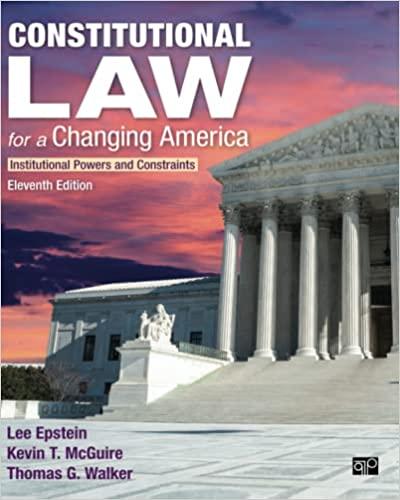Trial In 1978, Taco Cabana, Inc. began operating a chain of Mexicanstyle fastfood restaurants in San Antonio, Texas. The interior of the restaurants featured a "patio capable of being sealed off from the outside patio by overhead garage doors." In December 1985, Two Pesos, Inc. opened a restaurant in Houston, Texas with a trade dress similar to the one used in Taco Cabana's restaurants. Two Pesos' operations expanded rapidly, but the chain never opened a restaurant in San Antonio. However, in 1986, Taco Cabana opened restaurants in Houston and other markets in Texas where Two Pesos operated restaurants. One year later, Taco Cabana sued Two Pesos in federal district court for trade dress infringement under the Lanham Act and for theft of trade secrets under Texas common law. Appellate and Supreme Court decisions/opinions Both the district court and the United States Court of Appeals for the Fifth Circuit agreed that Two Pesos deliberately infringed upon Taco Cabana's trade dress, and Two Pesos appealed to the Supreme Court of the United States. The Court of Appeals ruled that the instructions adequately stated the applicable law, and that the evidence supported the jury's findings. In particular, the Court of Appeals rejected petitioner's argument that a finding of no secondary meaning contradicted a finding of inherent distinctiveness. According to the Supreme Court decisions, Justice Byron White held that a distinctive trade dress is generally entitled to protection under the Lanham Act because users of a trade dress "should be able to maintain what competitive position it has and continue to seek wider identification among potential customers." Justice White noted that trade dresses, "even if not registered, remain inherently capable of distinguishing the goods of the users of these marks. Justice White also held that the Lanham Act did not include a secondary meaning requirement for trade dress, concluding that a secondary meaning requirement for a nondescriptive trade dress would hinder improving or maintaining the producer's competitive position and concluded that secondary meaning requirement would have anticompetitive effects because a competitor could "appropriate the originator's dress in other markets" prior to the establishment of the secondary meaning and "deter the originator from expanding into and competing in these areas







